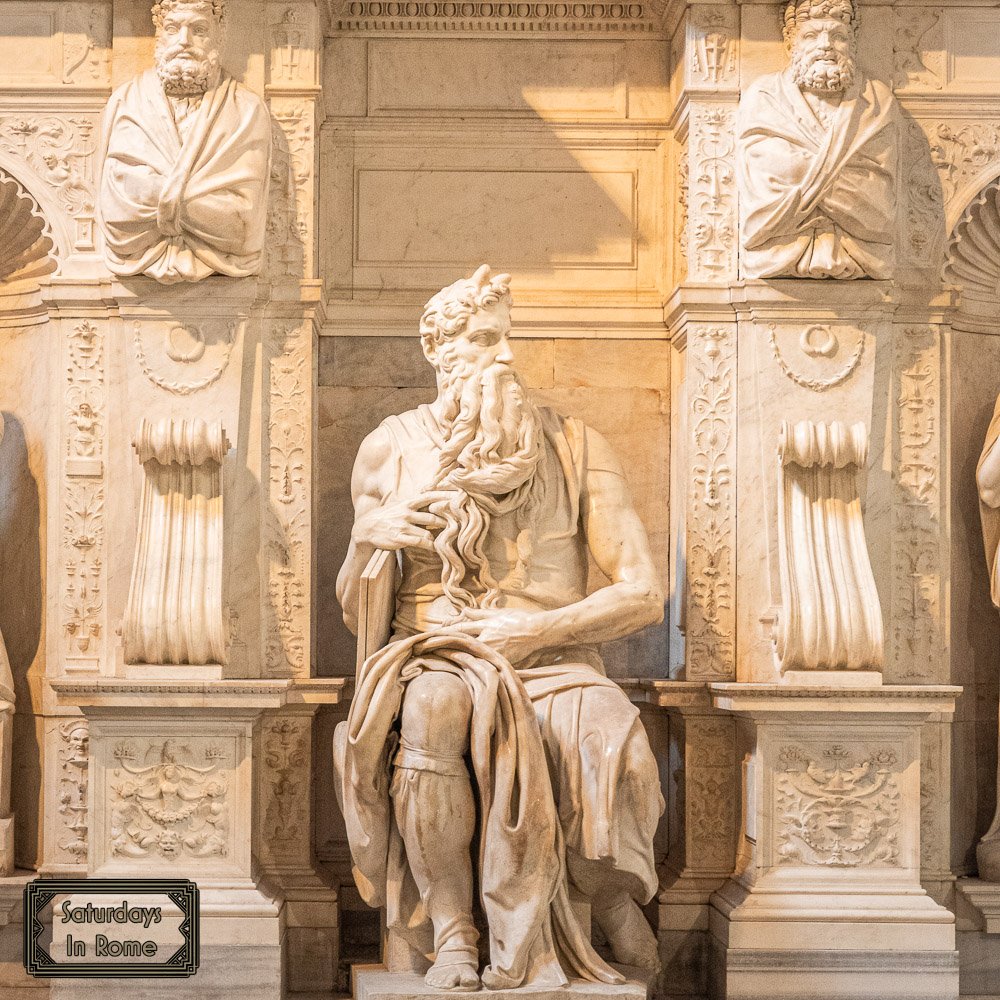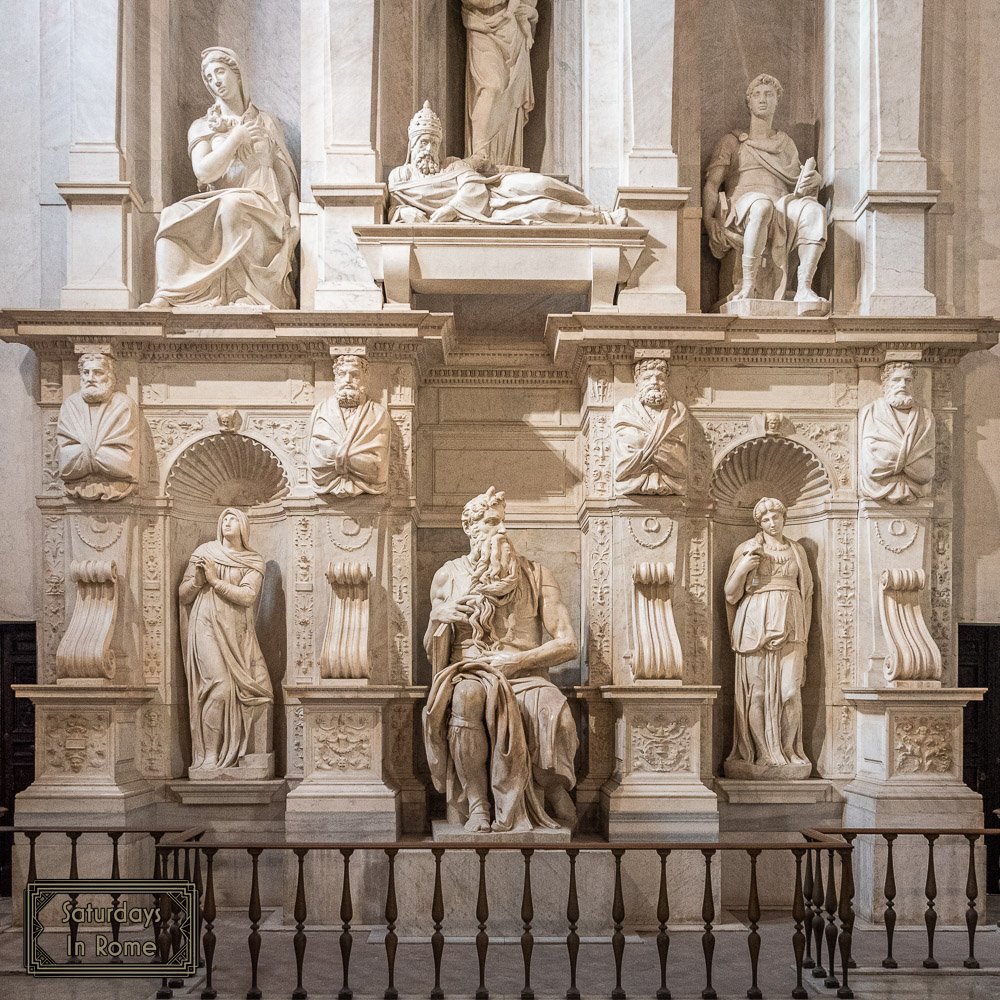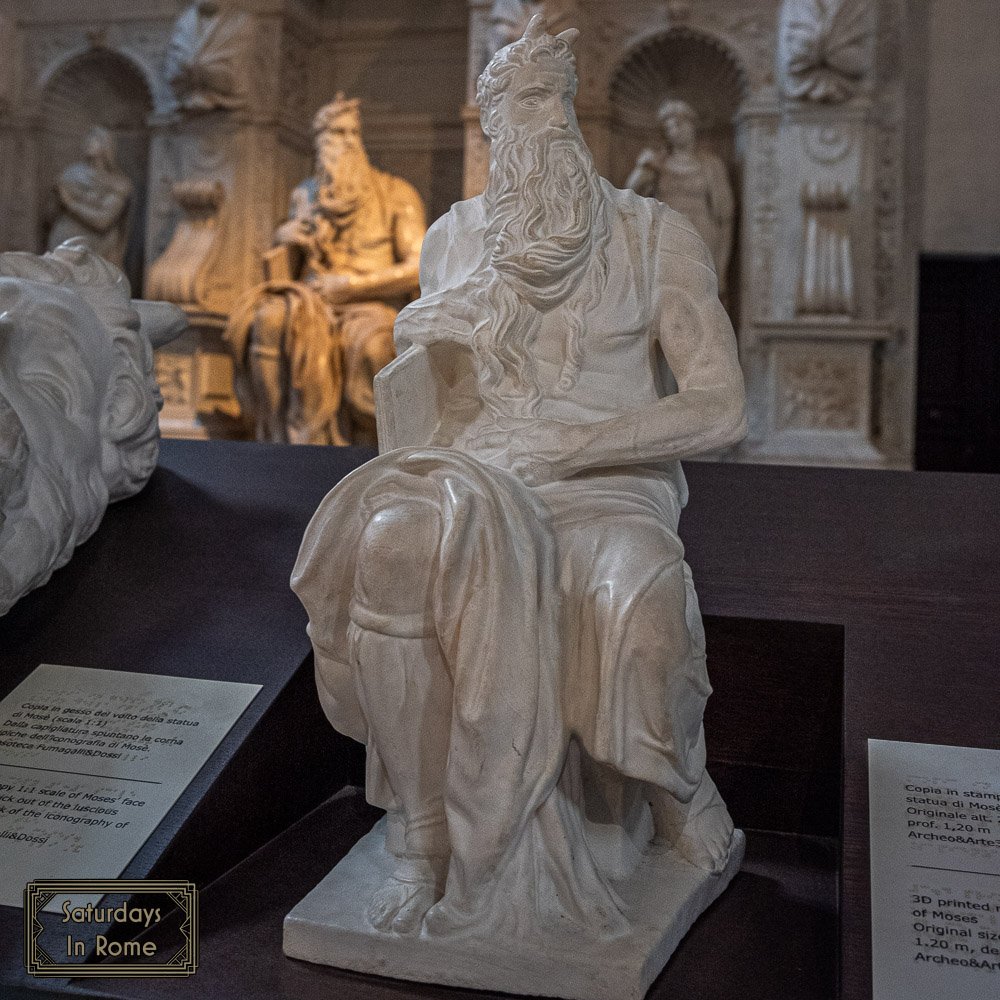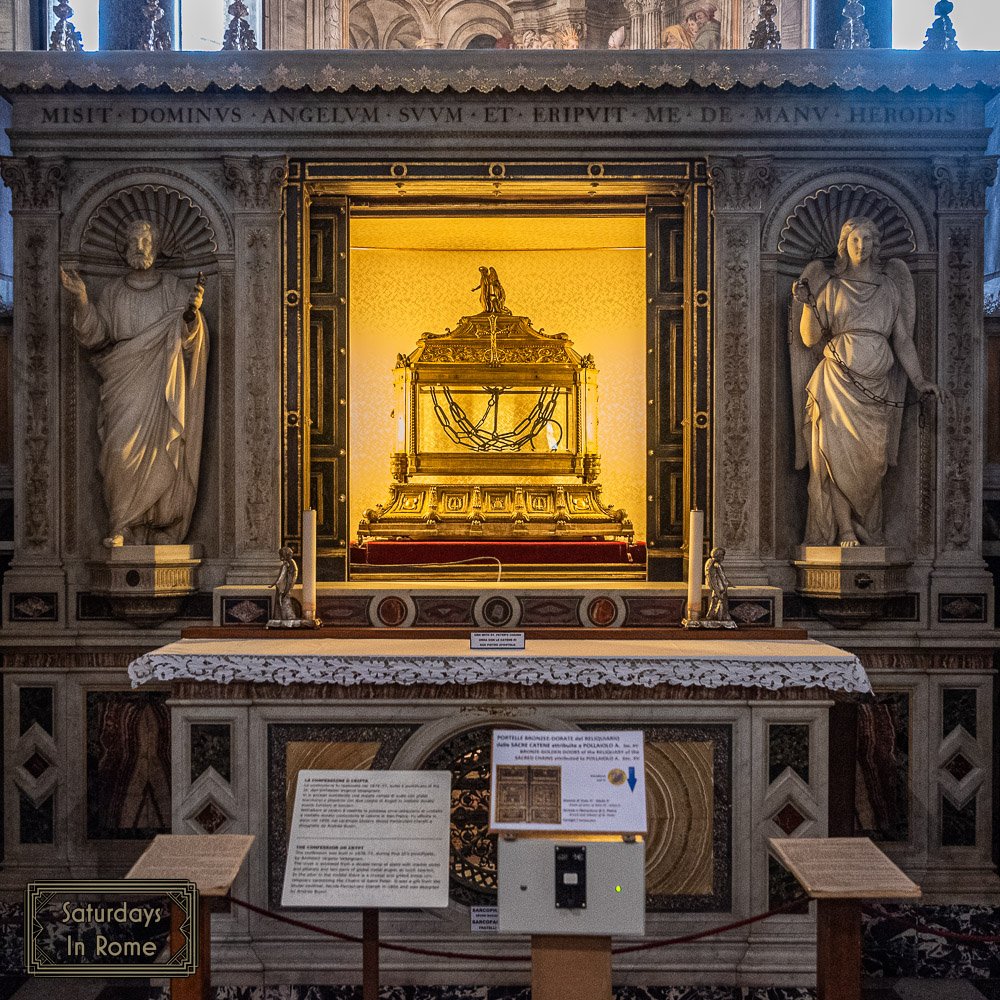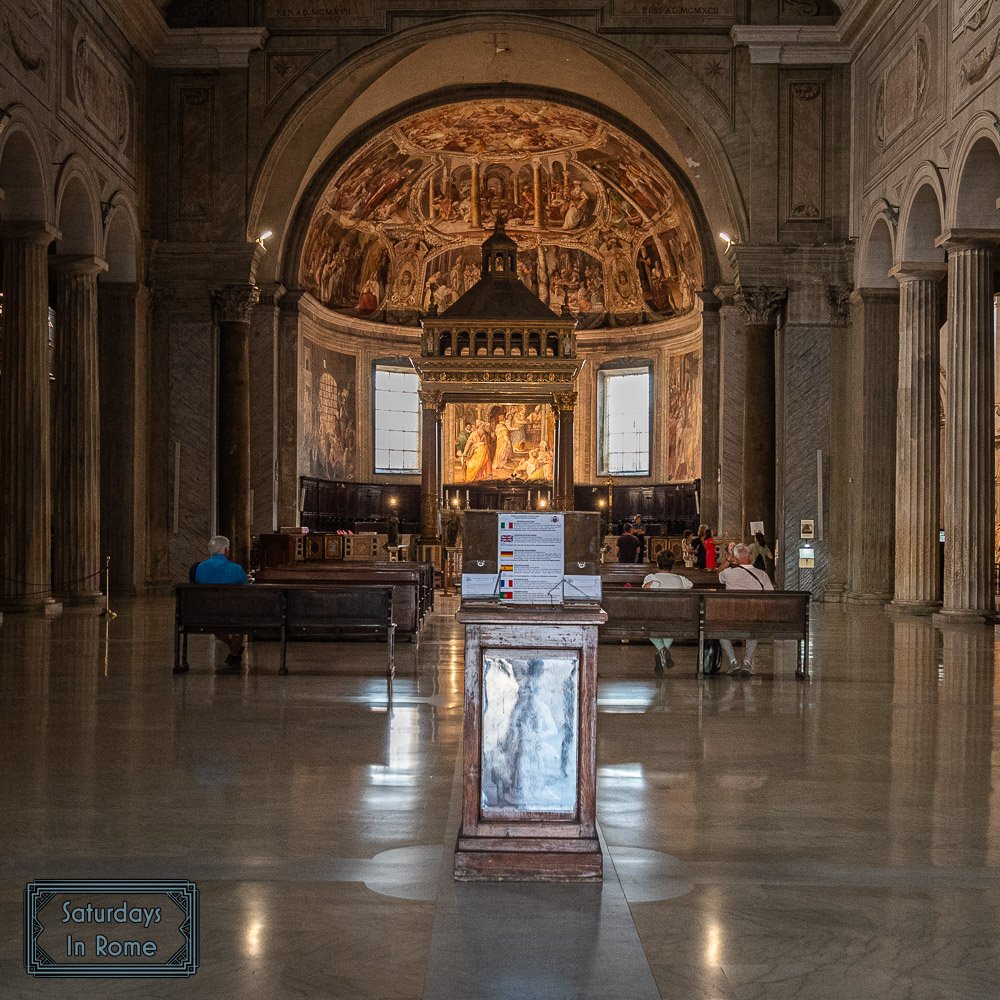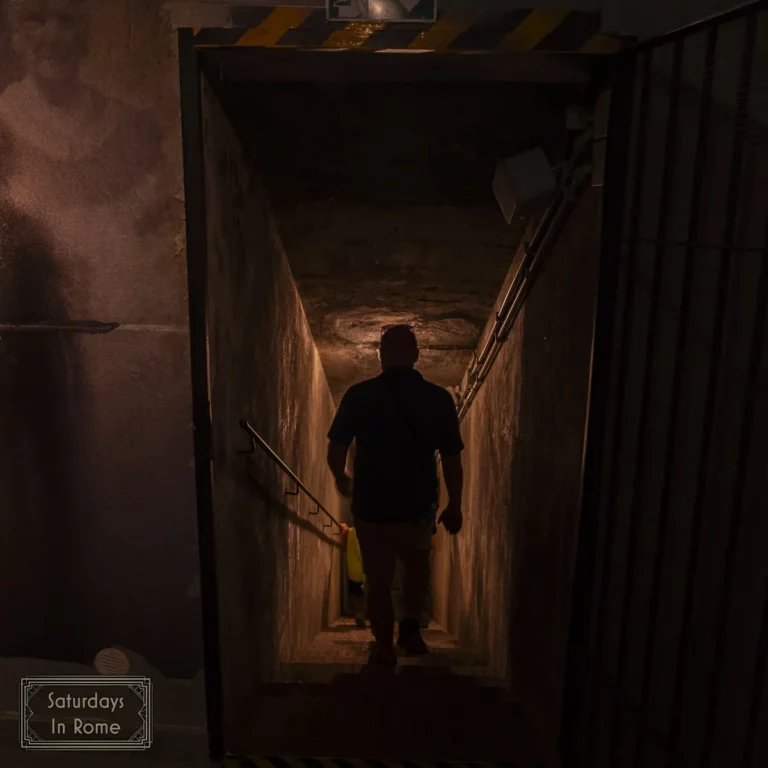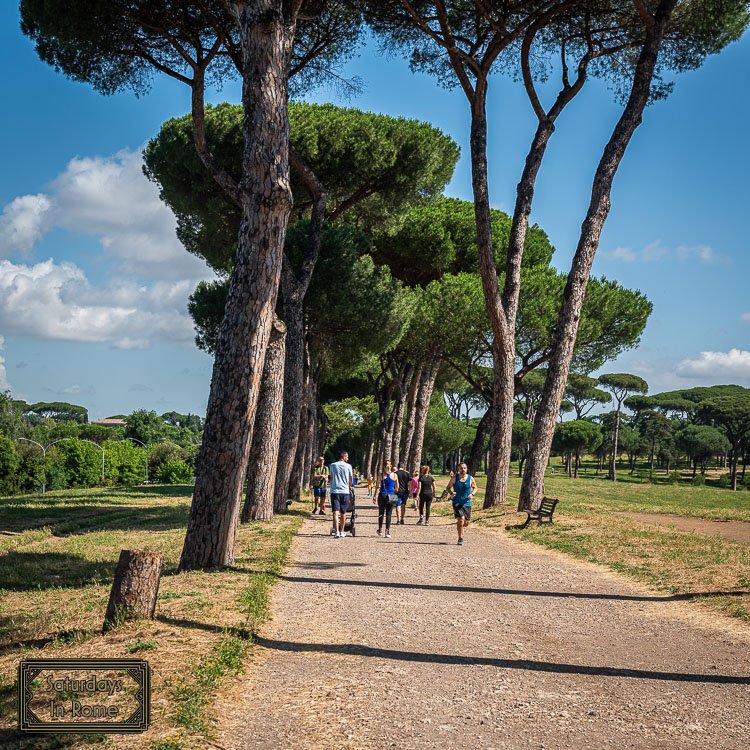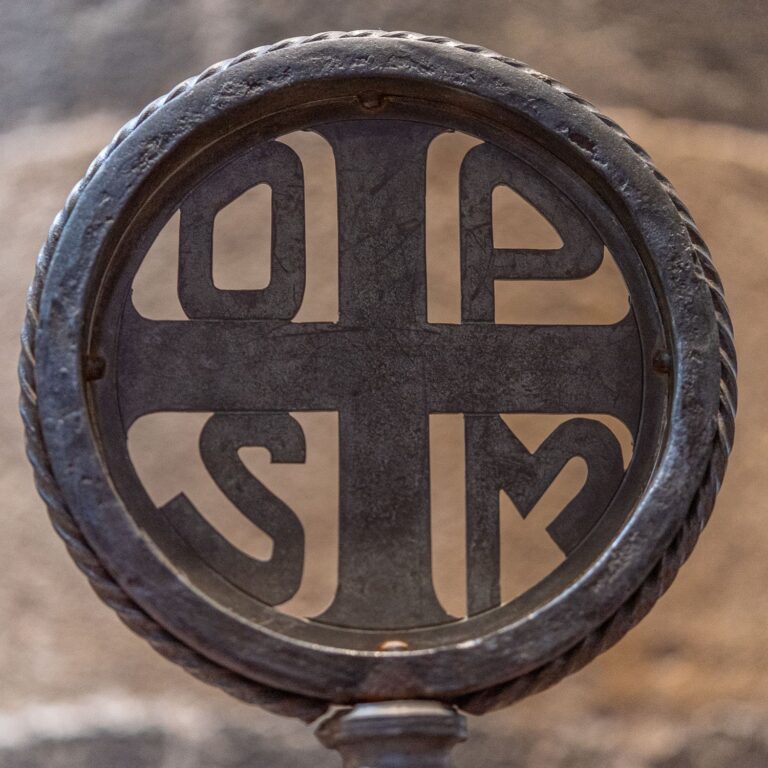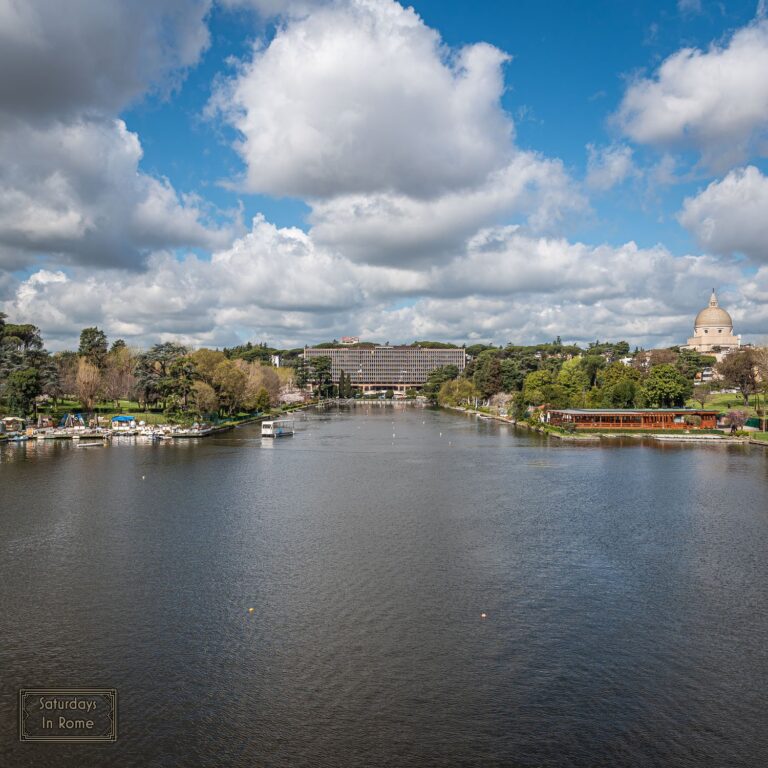Michelangelo’s Moses Surprisingly Has Horns On His Head
Michelangelo’s Moses at the Basilica of Saint Peter in Chains is a true hidden gem in Rome that needs to be on your list of things to see on your next visit.
Michelangelo’s Moses
The Basilica of Saint Peter in Chains (San Pietro In Vincoli) is a minor basilica in Rome and usually not a place that you would plan on adding to your list of sites in a city full of amazing churches that are usually more familiar to visitors. This is NOT the same Vatican and St. Peter’s Basilica that is well known, nor is it one of the Seven Pilgrim Churches, but it does have one amazing piece of art that you really need to see, and that is Michelangelo’s depiction of Moses that lives in the out-of-the-way basilica.
Need Help Planning?
- Cheap Flights: Find The Most Affordable Flights.
- Accommodations: From 1 to 5 Stars And More.
- Car Rentals: Affordable Travel Across Italy.
- Sightseeing Tours: Explore Some Amazing Tours.
- Buying An eSIM: Stay Connected In Italy.
This post includes affiliate links.
What Is The Meaning Of San Pietro In Vincoli?
The translation of San Pietro In Vincoli is simply Saint Peter in Chains. This represents the tradition of the chains that were used to restrain Saint Peter. One version is that these chains are from when St. Peter was imprisoned in Jerusalem. The other version is that the chains were used on Saint Peter during his imprisonment in Rome and before his eventual execution.
The relics that are believed to be the actual chains, which first appeared in Jerusalem in the 5th century, were recovered and sent to two Roman emperors, Theodosuis and Constantinople. What is believed to be one of the chains is on display in the Basilica in a glass box.
The basilica is welcoming to visitors with this message:
“We are the Lateran Canons Regular, religious priests, that have been serving this Basilica since the 15th century, to greet you. We came here from San Giovanni in Laterano. This is why our general information contains the word “Lateran”.
The church existed before we came. It was built in the 4th century by Empress Eudoxia and she donated it to Pope Leo I, to guard the venerated chains who held the apostle Peter prisoner.”
The Commission of Pope Julius II
What Was Unique About Michelangelo’s Moses?
Pope Julius II commissioned Michelangelo to design a tomb for him after hearing about his amazing David sculpture. The original plan was for Michelangelo to design over 40 statues to adorn the tomb, but the female plans were scaled back to include Moses sitting at the center of the sculpture. By today’s standards, this level of grandeur for a tomb seems a bit over the top, but it was not unusual during those times for Popes and other rulers to have commissioned great works for the tombs.
Moses is holding the tablets of the Ten Commandments and is noteworthy because of the amazing details of the sculpture that Michelangelo was known for, but also the tense look on his face that seems to show the restraint he is showing before rising in anger after seeing the Israelites worshiping the golden calf.
The Model with Actual Over The Shoulder
Why Did Michelangelo Put Horns On Moses?
It is believed that the horns that Michelangelo put on the head of Moses was actually a mistranslation of the description in Hebrew that means “shining” or “emitting rays” instead of what was understood to mean “horn”.
There are some that believe that the horns weren’t meant to be seen, but because the statue would have been raised above the viewer, these horns only served as a way to cast shadows or reflected light. This interpretation has not been widely believed, but it is interesting to consider.
What Is The Pinky Muscle In Sculpture?
In addition to the horns on the head of Moses, one other part of the sculpture that gets a lot of attention is, strangely enough, Moses’ pinky finger. On the forearm of Moses there is a specific muscle, the Extensor Digiti Minimi, that is very pronounced. This relates to how the pinky finger on the right hand of Moses is tucked up under the hand and not very visible at eye level. It is a testament to the amazing skills of the artist and the level of detail that was important to him. This attention to detail is what makes Michelangelo’s Moses such a remarkable work of art. His ability to capture the human form in such a lifelike way is truly remarkable.
How Do I See Michelangelo’s Moses?
The hardest part of seeing Michelangelo’s Moses is simply finding this basilica. It is fairly hidden, but with a couple of these helpful hints, you should be able to experience Michelangelo’s Moses in person very easily.
If you are visiting the Colosseum, climb up the hill by Colle Oppio park and continue up via delle Terme di Tito. Continue towards Sapienza University’s campus for Industrial and Civil Engineering. Just past the main building, you will find the Basilica of Saint Peter in Chains.
If you are coming from the other direction, head towards Via Cavour and find the Staircase of the Borgia (Scalinata dei Borgia) a.k.a. Via di San Francesco di Paola and also Vicus Scelleratus. Climbing these historical stairs will lead you directly to the basilica.
The Chains of St. Peter
Do You Need Tickets For Saint Peter In Chains?
No, you do not need tickets to enter this basilica and enjoy Michelangel’s amazing work. The address of this basilica is: Piazza di San Pietro in Vincoli, 4/A, and the hours are:
Mornings from 8:00 AM until 12:30 PM
Afternoons from 3:00 PM until 6:00 PM (winter) or 7:00 PM (summer)
Please be mindful that this is an active church that has regular masses when access might be limited. During the week, there are masses at 8:00 AM and noon, and during holidays there are masses at 9:00 AM and 11:00 AM.
More Amazing Works By Michelangelo
If you enjoyed this information about the amazing Michelangelo’s Moses in the Basilica of Saint Peter in Chains, then you may be interested in some of these other posts as well:
- The Santa Maria Del Popolo Caravaggio Paintings Inspire All
- A Strange Italian Christmas Movie You Should See
- A New Photography Exhibition In Rome Should Not Be Missed
- The Greatest Italian Movies You Need To See
- The Madonna di Loreto (Caravaggio) Doesn’t Travel At All
- A Rome Photography Exhibition At The Baths Of Caracalla
- Caravaggio Paintings In Rome Are Waiting For You At Church
- The Well Known Statues By Bernini In Rome Are Amazing!
- At Cinecittà Studios Lives The History Of Italian Cinema
- Bernini’s Angels Are A Challenge To Find But It’s Worth It
The Basilica

